Sails, kites, rotors: A comeback for cargo sailors? - The most exciting projects
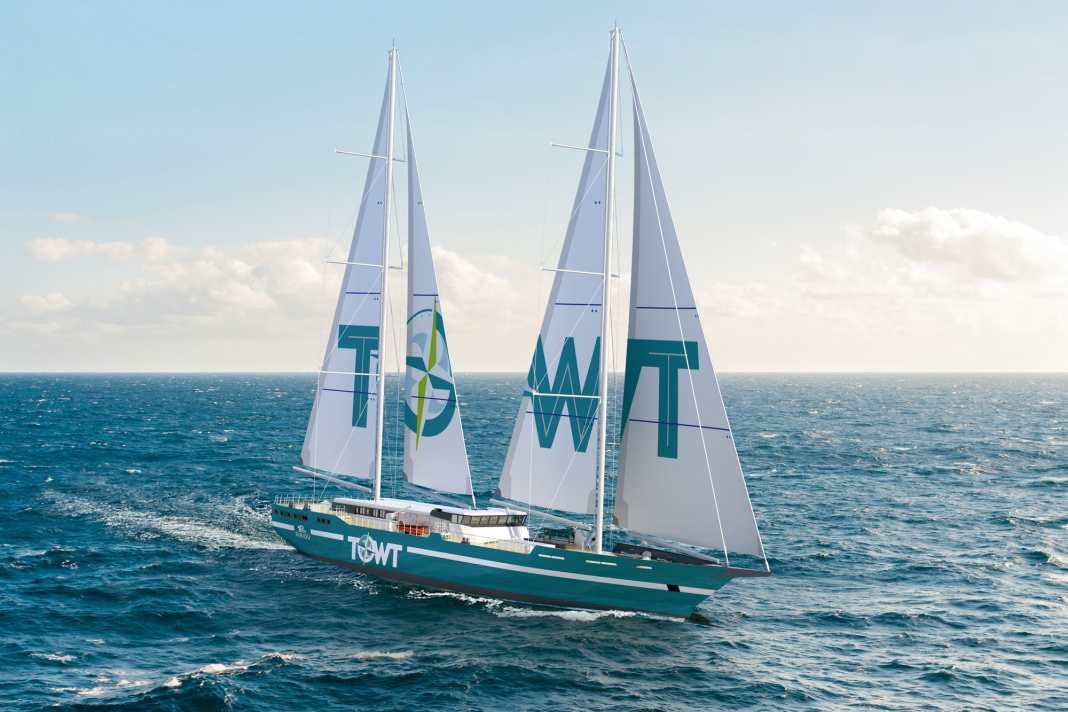





- "Pyxis Ocean" - retrofitted wings for giant bulk carrier
- TOWT schooner from France, built in Vietnam
- Seawing from Airseas
- "Ceiba" - the largest cargo ship made of wood
- Oceanbird concept from Wallenius Marine
- Wind blade system from Windship Technology
- Gaff schooner "Avontuur"
- Oceanwings fixed-wing system from Ayro
- Flettner rotor from Norsepower
- Wing Sail Mobility from Michelin
"Pyxis Ocean" - retrofitted wings for giant bulk carrier
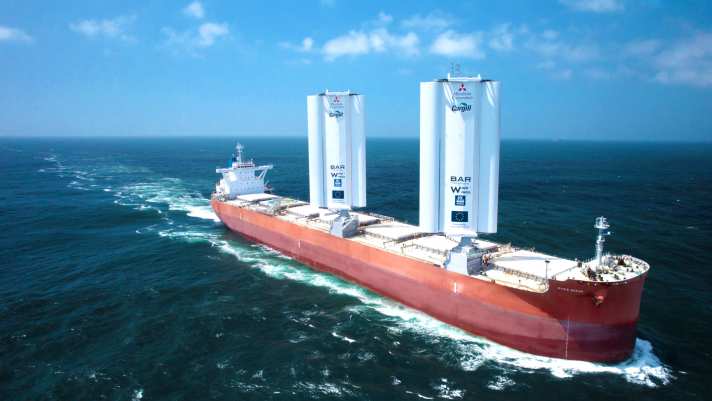
It is hoped that retrofitting so-called "WindWings" on a 229 metre long bulk carrier will save around 30 percent fuel. How this will work in practice is currently being trialled on the maiden voyage from Singapore to Brazil. The 37.5 metre high metal profiles developed by BAR-Technologies can be adjusted to the wind and can also be folded down in heavy weather or on bridges. This approach could significantly reduce CO² emissions from shipping in the near future. The decisive factor here is the fact that the sails can be retrofitted. This means that the changeover can be realised much more quickly than with other pilot projects. However, the developers will also be involved in the construction of two new cargo ships. The hull can then also be adapted.
More about the project:
TOWT schooner from France, built in Vietnam
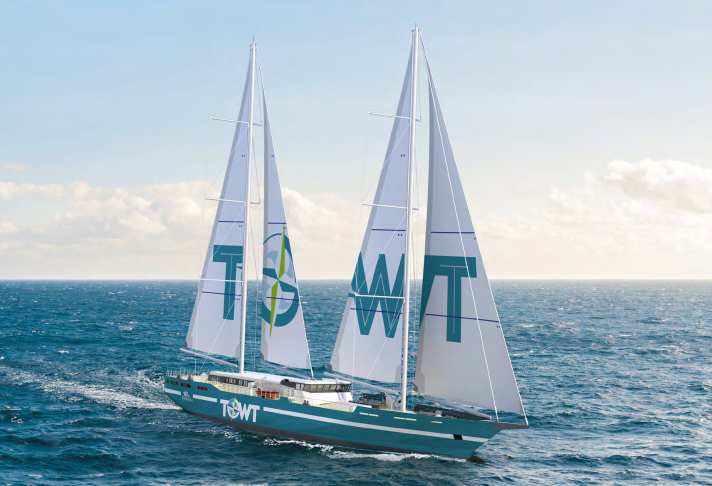
The French company TOWT (Transoceanic Wind Transport) promises that from 2025, two ships operating out of Le Havre will save 9,600 tonnes of CO2 emissions per year and switch to low-carbon transport for 72,000 tonnes of goods annually. With 2,500 square metres of sail area - divided between two main, two jibs and a genoa - the schooners are expected to travel at an average speed of 10.5 knots, with a top speed of more than 16 knots. The first completed TOTW cargo ship set off on its maiden voyage across the Atlantic in August 2024.
Seawing from Airseas
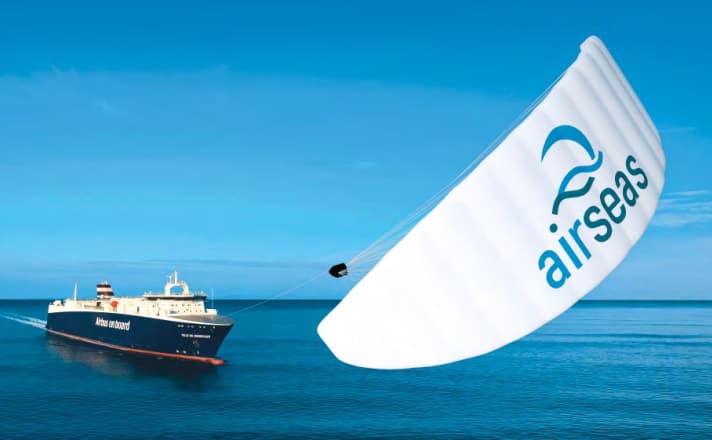
The Seawing is a 1,000 square metre kite that flies dynamically at a height of 200 metres in front of the bow. This reduces fuel consumption and emissions by 10 to 40 per cent. The system utilises automation technologies from the aviation sector and is controlled from the bridge at the touch of a button. Several ships are already equipped with kites, with more to follow.
"Ceiba" - the largest cargo ship made of wood
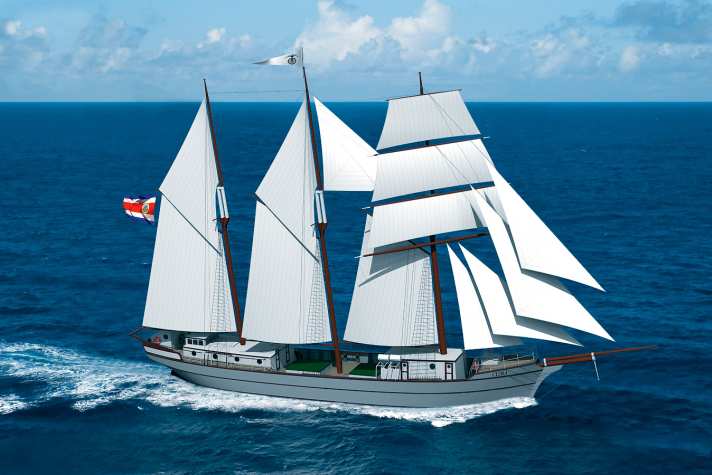
The world's largest wooden cargo ship is being built in the mangrove forest of Costa Rica using traditional construction methods. A start-up spirit and an irrepressible belief in a greener future are driving this unusual project forward. Construction began in January 2019 with the laying of the keel, and the 46-metre-long cargo ship is due to set sail in 2025. It will then transport organic goods such as coffee and cocoa along the Pacific coast from South to North America.
More about the project:
Oceanbird concept from Wallenius Marine
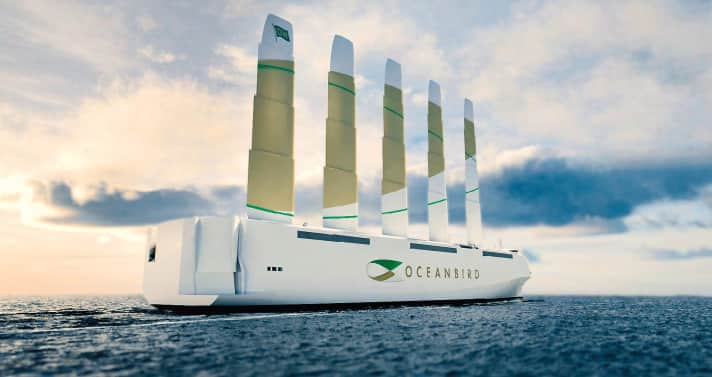
The Oceanbird sails from Sweden have more in common with aeroplane wings than with conventional rigs. When entering harbours, passing bridges or when the wing area has to be reduced due to strong winds, the individual segments first slide into each other and are then tilted. 7,000 cars can be transported on the first ship, which is scheduled to go into operation in 2026.
Wind blade system from Windship Technology
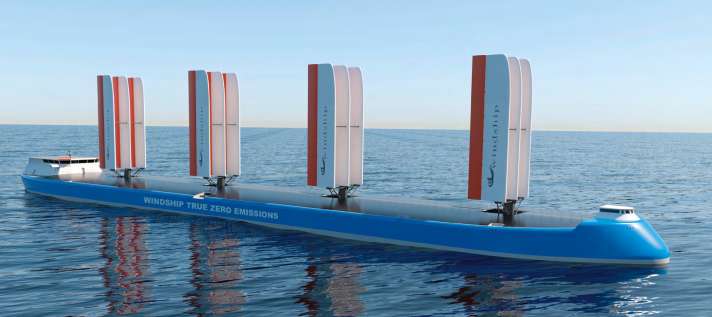
With the three-bladed wing system in combination with large solar panels, a diesel-electric drive with integrated carbon capture and software to determine the optimum weather route, the British company is aiming for 100 per cent emission-free cargo shipping.
Gaff schooner "Avontuur"
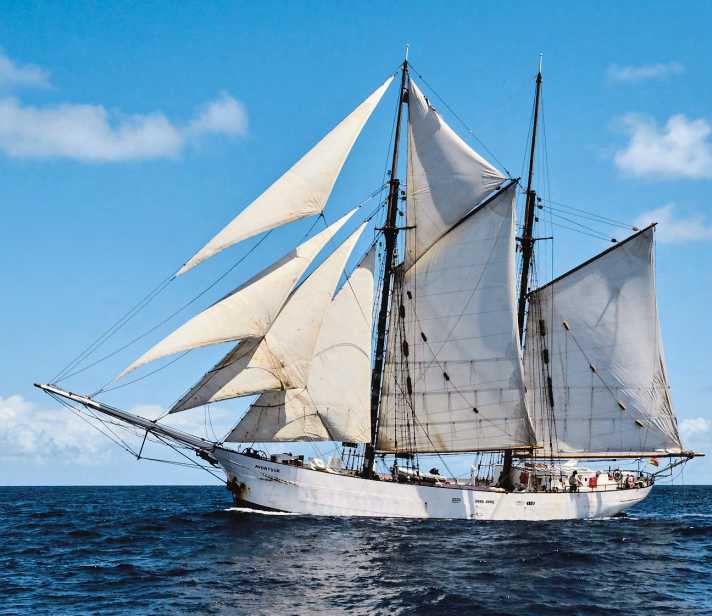
Built in Holland in 1902, the two-master has been travelling the classic trade wind route as a cargo ship since 2014. It is operated by the German Timbercoast Initiative. It relies in particular on the support of voluntary and paying co-sailors. It regularly sails to the Caribbean and back with general cargo. In the hold: coffee, cocoa and rum.
Oceanwings fixed-wing system from Ayro
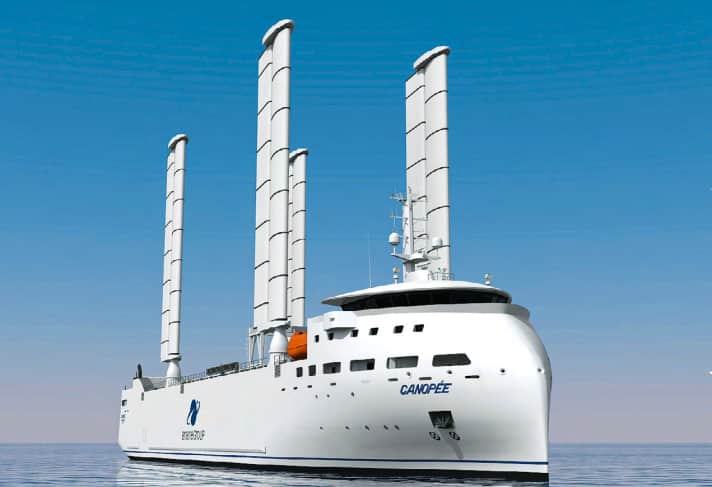
The fully automated rigging is intended to save the ro-ro cargo ship "Canopée" 30 per cent fuel at a cruising speed of 16.5 knots. It will transport parts of the Ariane 6 rockets to the Kourou space centre in French Guiana.
Flettner rotor from Norsepower
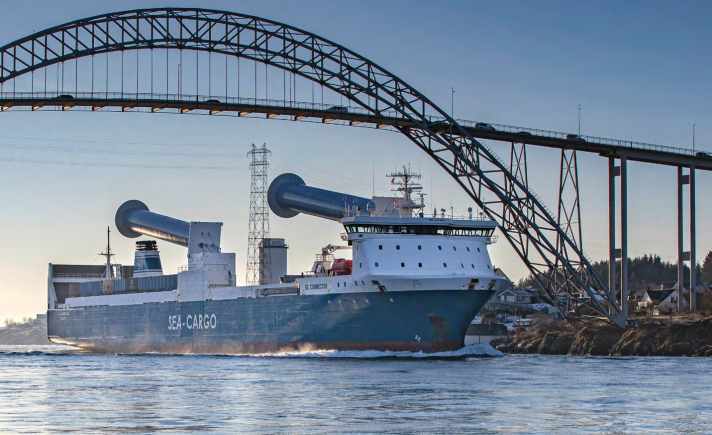
The Finnish company already has experience with Flettner rotors. These are rotating cylinders that utilise the Magnus effect to generate propulsion. A folding version now makes it possible to pass bridges. The fuel savings depend heavily on the wind direction and the ship's route.
Wing Sail Mobility from Michelin
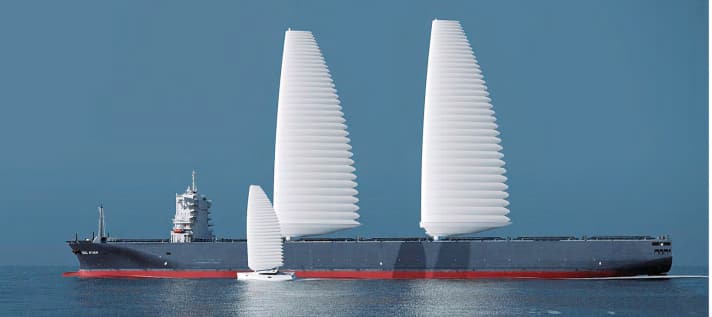
Wisamo is a telescopic, inflatable wing sail system. It can be used on merchant ships, but also on pleasure craft. Ro-ro ships, bulk carriers and oil and gas tankers in particular are to be equipped and retrofitted with it in order to reduce emissions by up to 20 per cent. According to Michelin, it can be used on all courses.

